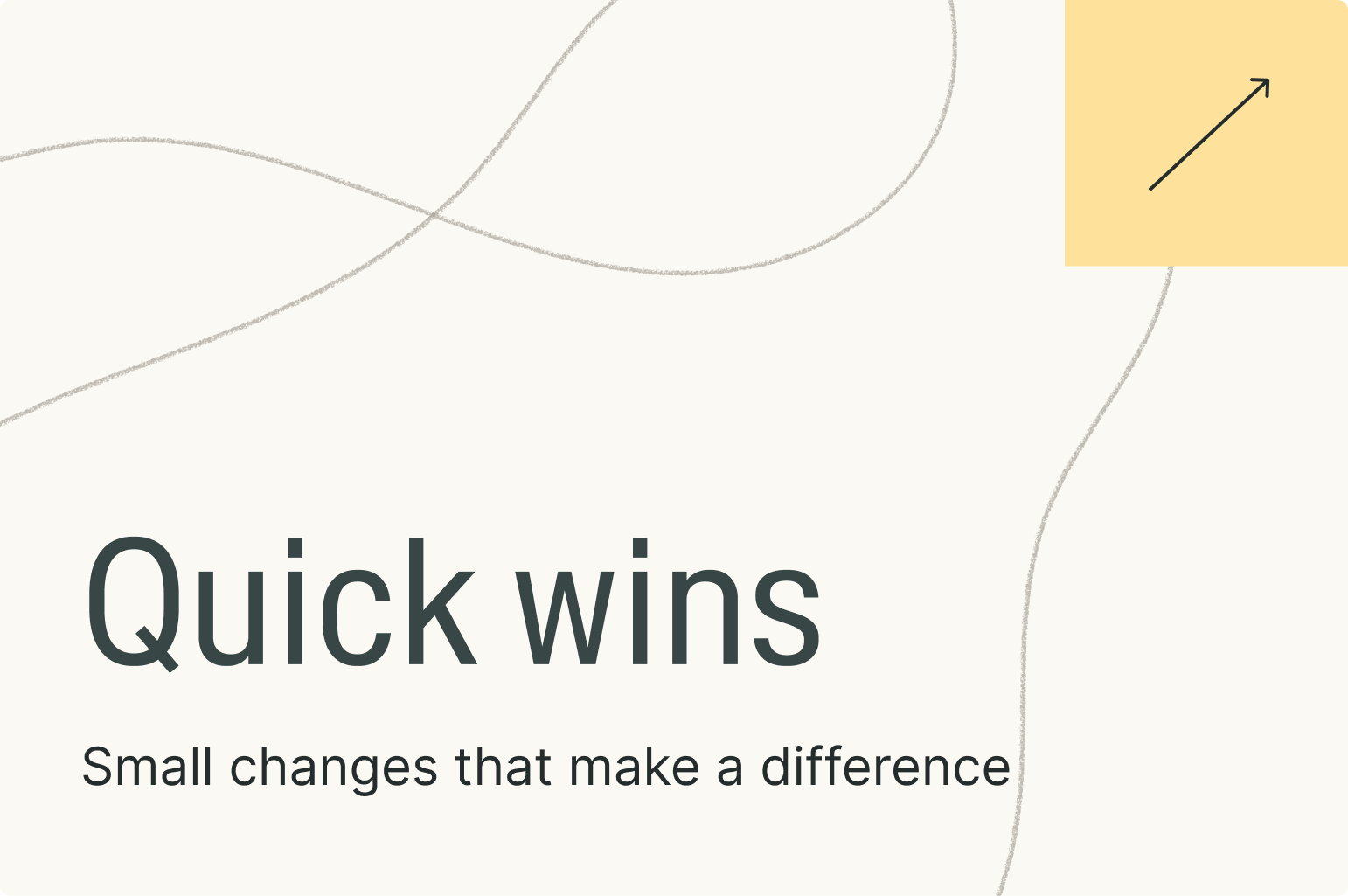How HR and L&D teams can make change at work easier

Making change easier for your people
Change is part of the job—but it’s rarely easy. If you’ve ever rolled out a new LMS, launched a fresh round of compliance training, or reworked your performance review process, you’ve probably felt it: The pushback, the confusion, the quiet frustration. Not because people like being difficult—but because change is difficult.
For HR and L&D teams, the real challenge isn’t just designing the change. It’s helping your people through it. Here’s how to make that process smoother—for everyone.
Four reasons employees resist change
Employees don’t want to resist change. They resist because the change feels rushed, confusing, or disconnected from what matters to them.
- Fear and resistance from employees and managers
When something new is introduced—especially a system or process people rely on—uncertainty takes over. It’s human nature to stick with what’s familiar. - Unclear communication
When employees don’t know what’s changing, why it matters, or how it affects them, they fill in the blanks themselves—and often, not in your favor. - Treating change as a one-and-done
Change that isn’t supported over time becomes irrelevant fast. Without ongoing support or iteration, even well-intentioned initiatives fall flat. - Misalignment with goals
If employees don’t see how the change connects to their own success—or the organization’s—they disengage. It’s not that they don’t care. They just can’t connect the dots.
Learning made simple
Five ways to navigate change management
Change is never easy, especially when you’re short on time, juggling priorities, and trying to keep employees engaged.
Agile, feedback-driven approaches help HR and L&D teams introduce change in a way that feels more natural and less disruptive. These strategies are designed to reduce resistance, support your people, and make change stick.
You don’t need a complete overhaul. Just a few simple, flexible practices that keep people at the center.
1. Start small and stay flexible
Big rollouts can create big problems. Trying to implement everything at once often leads to confusion, delays, or disengagement. Instead, launch your initiative with a smaller group. Use their feedback to fix friction points, then adjust before expanding to the rest of the organization.
Why it helps: Small pilots lower the pressure, surface real issues early, and help you build internal advocates, without committing to something that may not work.
2. Seek feedback from the start
Change doesn’t stop at launch. Keep improving as you go by listening to what’s working—and what’s not. That might mean:
- Reworking training formats based on employee feedback
- Adjusting content to stay relevant
- Removing unnecessary steps that slow people down
Why it helps: When employees see their input reflected in the process, they’re more likely to engage—and more likely to trust that the change is worth it.
3. Give employees time to adjust
When change is introduced in smaller, more manageable steps, it’s easier for employees to adapt. To help with this, you can:
- Offer opt-in access before making it mandatory
- Roll out new tools gradually, starting with core features
- Test initiatives with a pilot team before bringing it to everyone
Why it helps: A phased approach removes pressure. It gives people time to explore, ask questions, and get comfortable—reducing resistance from the start.
4. Communicate early, often, and honestly
Employees don’t just need updates, they need context. They want to know what’s changing, why it matters, and how it impacts them. Make space for questions, share regular progress updates, and be honest when things are still in progress.
Why it helps: Clear, two-way communication builds trust. It helps employees feel informed—not blindsided—and gives them the confidence to move forward.
5. Work across teams to get it right
The best changes aren’t built in isolation. Involve key partners early—HR, L&D, IT, team leads, and even your HiPo employees. Each group brings valuable perspective and can help spot issues before they become roadblocks.
Why it helps: Cross-functional collaboration strengthens your rollout and makes the change more likely to succeed because more people have a stake in getting it right.
Make change smoother and easier
When you lead with flexibility, feedback, and people-first thinking, change becomes something your teams can move through, instead of just bracing for the impact. And with the right support and learning tools in place, you can help employees feel confident every step of the way.
Approach change with confidence

Related Articles

Train smarter, spend less
Train smarter,spend less
Connect with a Go1 expert to explore the best training options for your organization—no pressure, just solutions that work.



